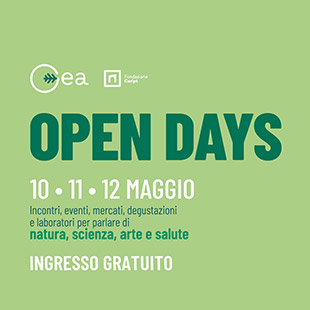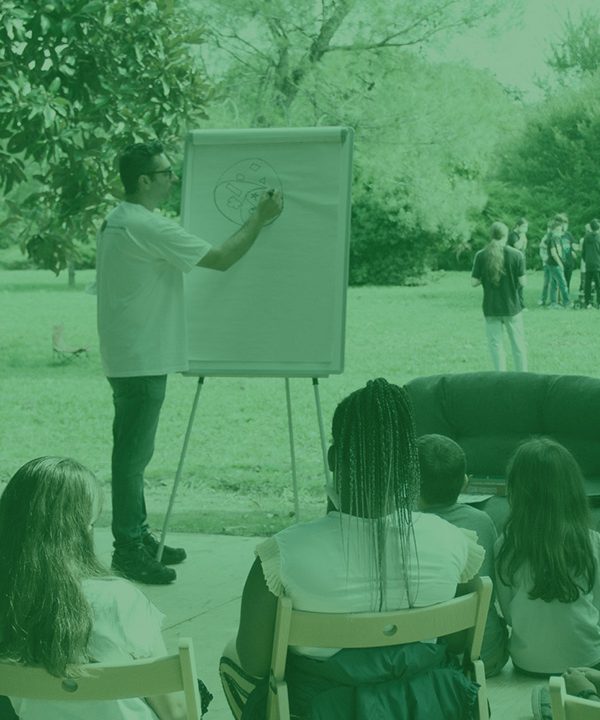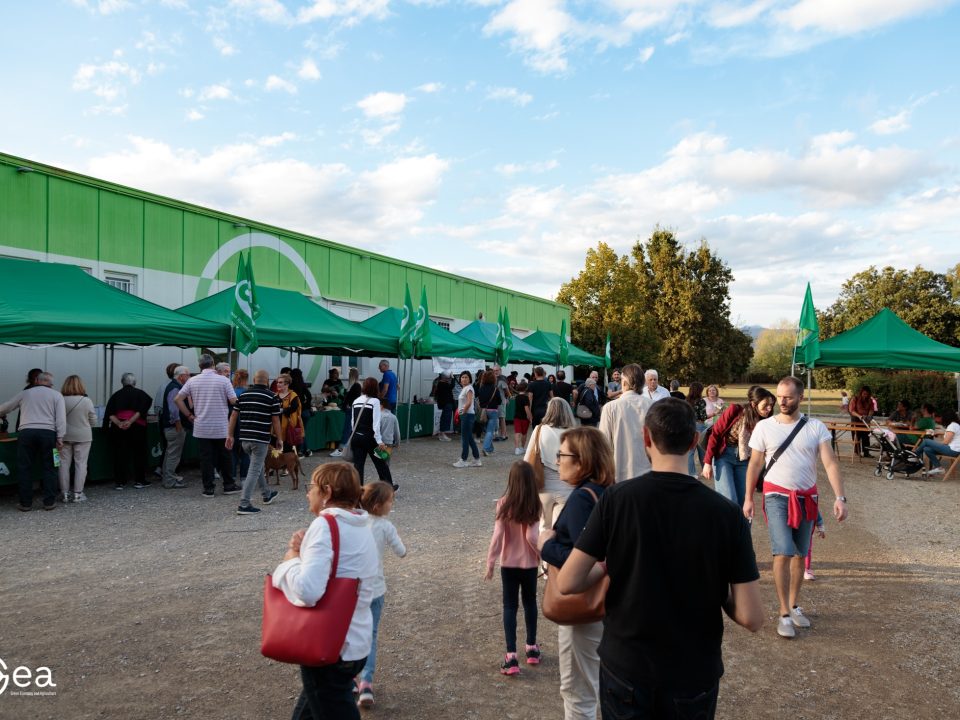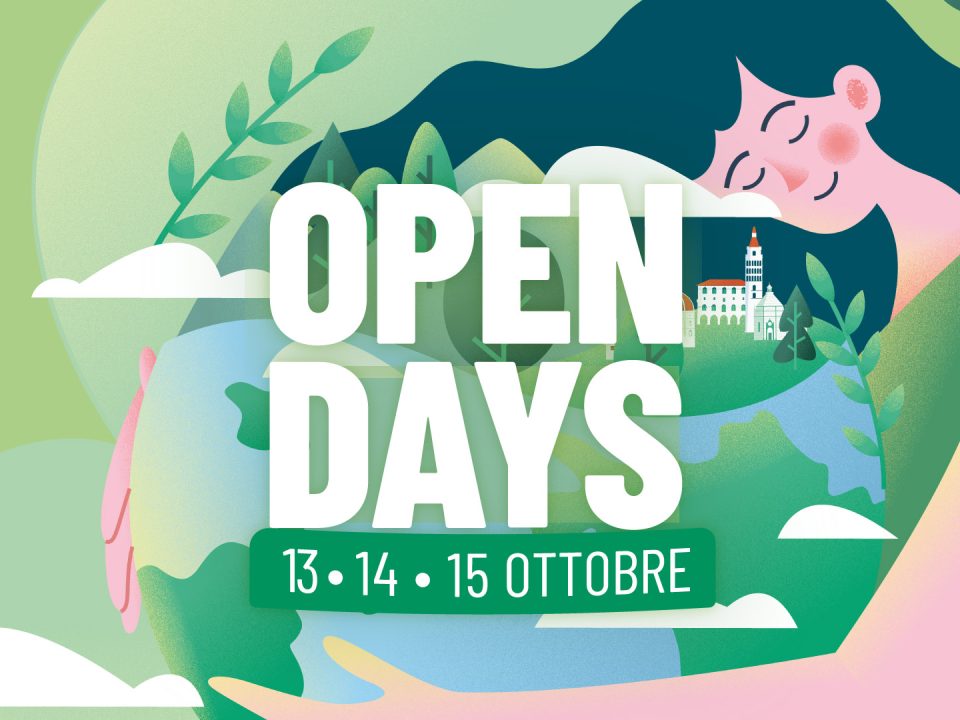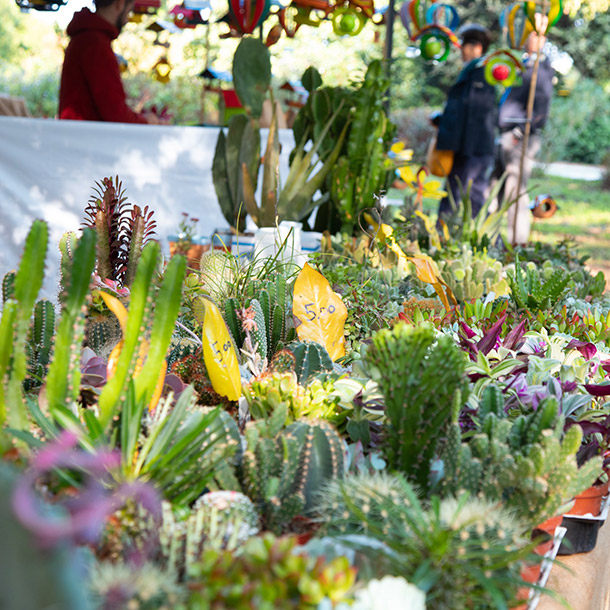
I numeri di gea
25
ettari di superficie
12
ettari destinati a collezioni di piante ornamentali
1500
esemplari di piante
400
specie diverse
La struttura
Le collezioni di piante ornamentali fanno parte della Banca del Germoplasma, un progetto ideato oltre trent’anni fa con lo scopo di raccogliere le diverse varietà e verificarne la rispondenza genetica e fitosanitaria, per poterne conservare il patrimonio genetico. Sono costituite da conifere, alberature e arbusti da fiore e da siepe.
Ultime news
3 Maggio 2024
31 Ottobre 2023
GEA svolge attività educative e di promozione culturale per diffondere la conoscenza della natura e stimolare la sensibilità alla salvaguardia dell’ambiente.
Approfondisci17 Ottobre 2023
Grande affluenza e bella atmosfera per il tradizionale appuntamento autunnale con gli Open Days di Gea, che si è tenuto nel parco di via Ciliegiole il 13, 14 e 15 ottobre.
Approfondisci6 Ottobre 2023
Tre giorni di incontri, eventi, laboratori per ragazzi, mercatini di prodotti tipici e molto altro a GEA, spazio verde nel cuore della città, venerdì 13, sabato 14 e domenica 15 ottobre.
Approfondisci



